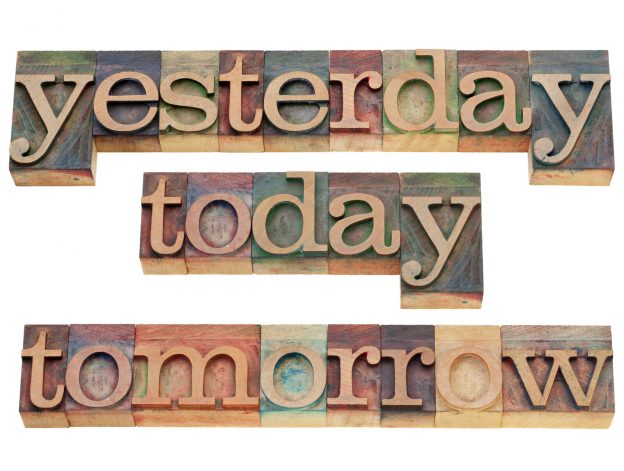What I started writing at 2am the night after my knee surgery
There are many unforgettable scents I’ve come across throughout life that I can imagine just by my memories. How many do you recognize?
Babies and puppies have their own warm, comforting scent, like that new car smell without the chemical outgassing.
The Sonoran desert in Arizona is home to a variety of hardy aromatic plants: desert willow; creosote bush; mesquite trees. I still remember what Sabino Canyon, northwest of Tucson, smells like in the searing midday heat.
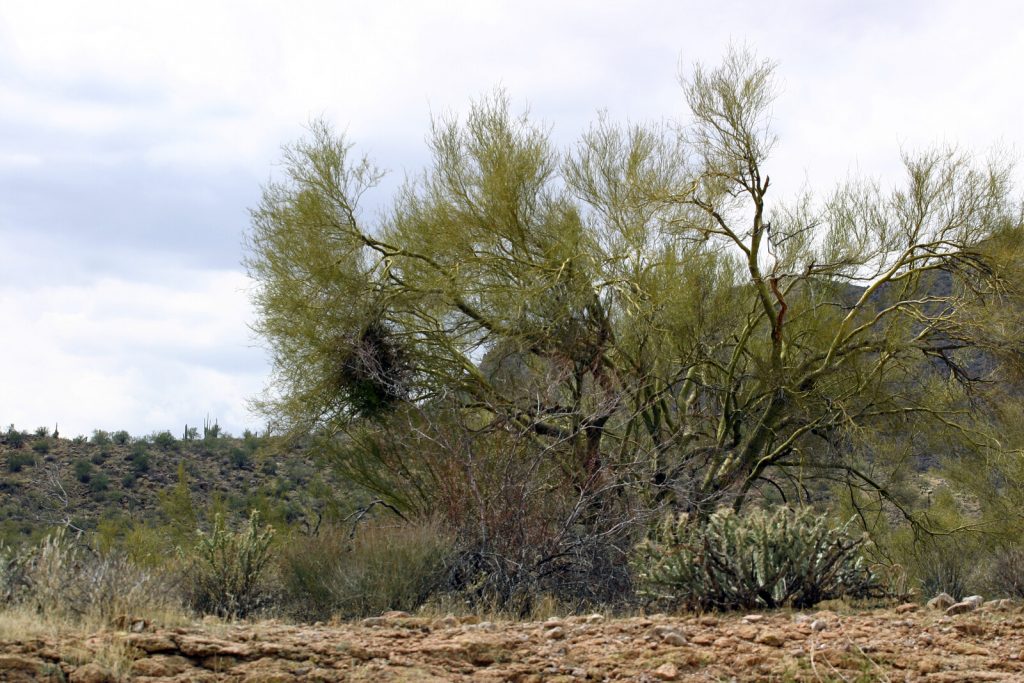
I found a decaying animal carcass along the Route 80 bypass just above Spring Canyon Road in Bisbee, Arizona when I was eight. There wasn’t much left, just a ribcage and desiccated but still rotting flesh, but the acrid smell was unforgettable.
Dead skunk in the middle of the road. Stinkin’ to high heaven!
I sometimes roamed the drainage ditch that ran along Tombstone Canyon in Bisbee. I would build earth dams across areas of flowing water, creating a reservoir I’d then destroy with imaginary Allied bombers (usually a stick). I remember the smell of wild mint among the sparse fauna. Now I would be afraid of contracting some water-borne illness like Naegleria, the brain-eating amoeba.
Eddie Rojo’s tavern in Bisbee had a shuffleboard table I’d play with while my stepfather indulged in his favorite pastime, soaking his regrets in Falstaff. The table had fine sawdust in the gutters which competed with the smell of old beer in the tavern’s floorboards. I liked sliding the heavy pucks up and down the butcher block playing surface that was smooth as glass.
I used to have an olfactory hallucination at night when I was little, which I can only describe it as “spoiled mustard.” I’ve never run across that smell when awake.
My grade school in Arizona had an auditorium that doubled as the lunch room. Kids’ sack lunches sat there unrefrigerated until noon. The pungent, nauseating odor coming from the contents usually made me puke on the table. The lukewarm milk cartons also had their own unsettling smell.
Mrs. Frost, my first-grade teacher, wore a very distinct perfume which I found very comforting. Thirty years later I instantly recognized that scent when my medical assistant Eileen wore it one day. She told me it was White Shoulders, created during the 1940s and still popular.
There was nothing like the smell of ditto ink coming from a warm test paper, fresh off the printer. We hold them against our faces and inhale before starting the exam. Generations of schoolchildren will never experience it.
I don’t remember my grandparents’ concrete house in Puerto Rico having window screens. At night our beds were enveloped in tents of mosquito netting laced with pyrethrum, an insect repellent derived from chrysanthemums. I can still smell it.
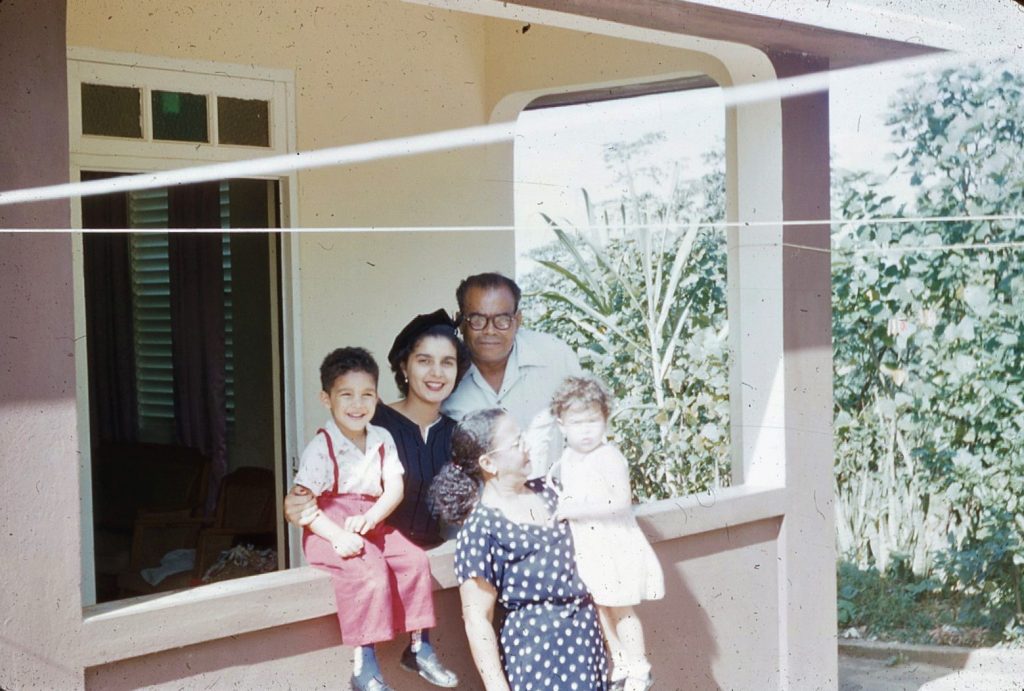
One didn’t need a clothes dryer in the desert, even in the winter. One of life’s greatest pleasures is taking in the fresh scent of bedsheets or clothes after they’ve dried outside, something no laundry product can match.
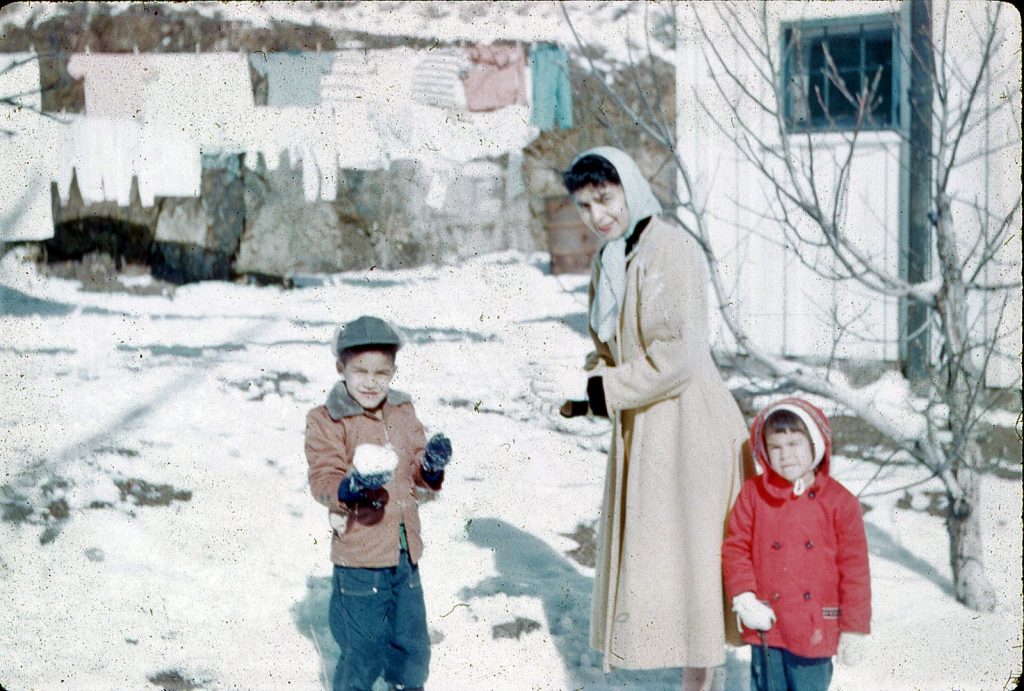
We were friends with a couple that had seven children, five of which were crammed into several beds in a small room. The mattresses were old and likely peed on several times over the years. I remember being 8 years old sleeping on one of those mattresses with one of their girls while our parents played cards into the night.
Back during the 1950s and 1960s most doctors’ offices had a strong antiseptic smell, most likely from isopropyl alcohol. It always made me think of those long, reusable hypodermic needles soaking in those stainless steel trays and the big glass jars of cotton balls and tongue depressors.
The scent of blooming flowers in the spring – roses, lilacs, apple and cherry blossoms – represent new life after a soul-killing winter.

That comforting, clean air smell after a fresh rain is called petrichor. Some it comes from lightning splitting atmospheric nitrogen and oxygen, which recombine into ozone and nitric oxide. Another component is geosmin, produced by Actinomycetes, a bacteria found in soil.
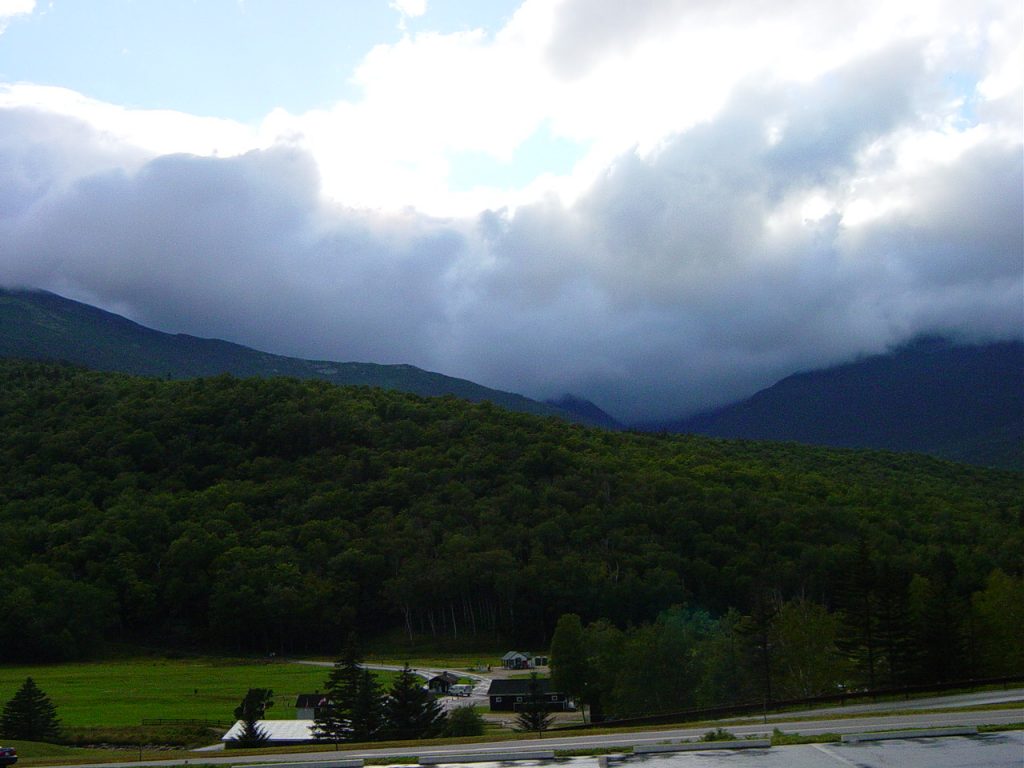
Most people in temperate areas look forward to burning dead leaves in the fall. Those of us with chronic lung disease dread the smoke and many municipalities have outlawed open burning. Burning the evil weed, along with the red eyes, giggling and munchies, is a different story.
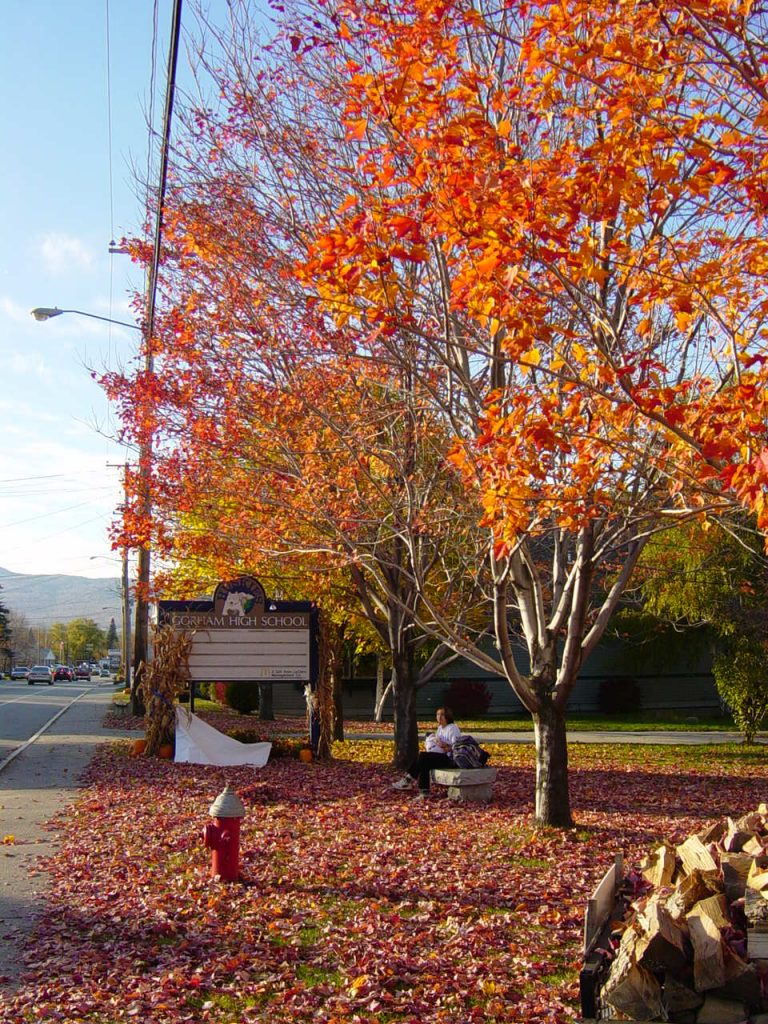
Wood-fire smoke comes in several varieties:
- the hot, dry wood smell of a sauna
- cozy when sitting around a fireplace in winter or a fire pit in the summer
- oddly unsettling when it permeates everything in a house that has been heated solely by firewood
- terrifying when it comes from the raging forest fire beyond the horizon
The air at sub-zero temperatures has a crisp smell largely because there are so few odiferous molecules in the air.
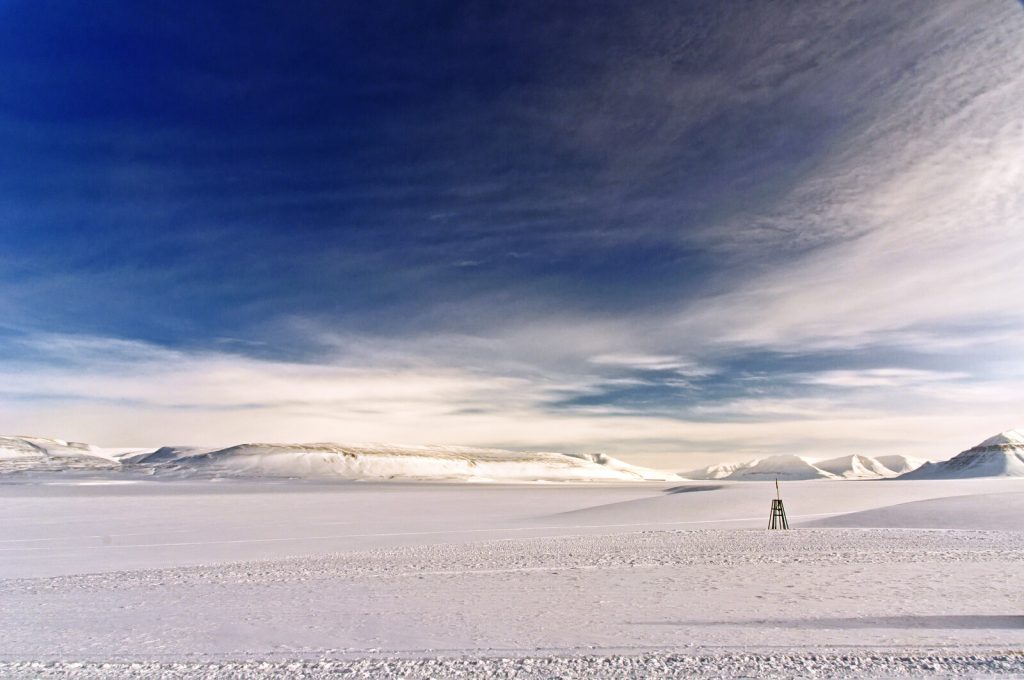
Everyone remembers having the pine scent of a fresh Christmas tree filling the house. I stopped getting real trees thirty years ago because the pesticides and preservatives caused bronchospasm. I take solace in the bags of cinnamon-scented pine cones that Jewel sells every year.
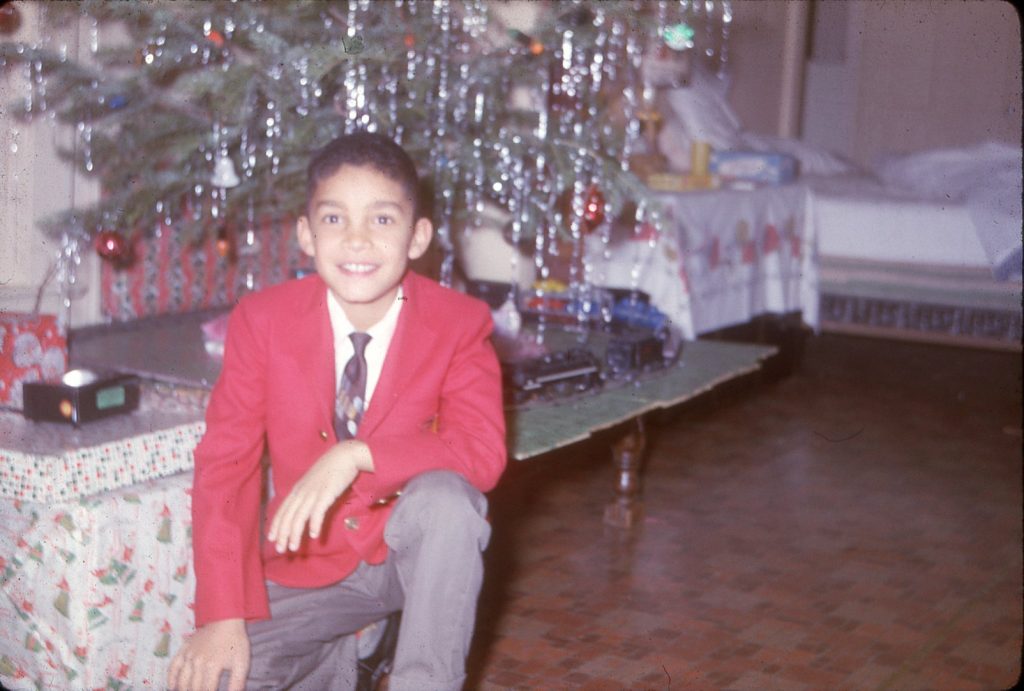
The dead mouse in the wall behind our range had an unmistakable musty odor. My two “helpers,” a cranky Lhasa-Apso and a greyhound with “a great nose,” tasked with helping me locate the carcass, sat in the family room and laughed while I drilled three holes between the studs before finding it.
The pseudomembrane of the upper respiratory tract produced by diphtheria infection is said to smell like a wet mouse, though I’ve never encountered either.
I reached a milestone in 7th grade when I realized that foul body odor was coming frtom my own armpits and it was time to start using deodorant.
The eye-watering rotten-egg smell of hydrogen sulfide, is “rancid” when in reference to a particularly noxious fart, but “smells like money” if you own a petrochemical refinery.
I stopped at a turnout on a back country two-lane and sat at the lone concrete picnic table under the trees. I noticed a slightly sweet but pungent odor nearby; it came from a cool, dusky pile of human feces about ten feet away. Someone must have been really desperate to drop a deuce on the side of the road. Well, when you gotta go…
There is absolutely nothing like the intoxicating, primal scent of an aroused woman’s vaginal secretions, now indelicately known as “wet-ass pussy.” I’ll never forget my first encounter, forbidden yet exciting! Regrettably, women lose that aspect of arousal with age.

Not everyone likes it; many young men who lack both discriminating olfactory epithelium and finesse find it “disgusting.” The “personal hygiene” industry preys on women’s insecurities to sell crap, promising they’ll smell “fresh as a daisy.”
Fresh semen has its own unique odor, though I doubt most women find it alluring.
Human blood has a slightly metallic odor, especially when encountered in large quantities, such as after a postpartum hemorrhage, or on the floor around the operating table on which the dead guy with a .22 hole through his heart lay.
Para-dichlorobenzene gives mothballs and urinal cakes their pungent smell, which I’ve also detected in a couple of really poorly-maintained home bathrooms.
The black knobs on the lids of some cooking pots are made of phenolic resin, made from combining phenol and formaldehyde. They emit a very unpleasant odor after being heated in an oven.
It’s been said everyone has opinions and they all stink. Also that politicians and dirty diapers need to be changed frequently for the same reason.
Photo Credits © Can Stock Photo
Lavender field: Ariec
Sonoran Desert: ancientimages
Lilacs: sagasan
Arctic: carlosobriganti
Fabric vulva: mikhail_sheleg
Other photos: my collection

